Representatives from UNSECO Biospheres in Sweden, Denmark, Scotland and Norway met October 7-9 for their annual NordMAB experience exchange in Wester Ross Biosphere in Scottland. From Norway, Kari Natland shared first experiences with the country’s first and only Biosphere Reserve, Nordhordland, established in June 2019. And Ørjan Arntzen, who in the Nord MAB circles is known since long for his idea to develop a Biosphere Reserve for the Lofoten region. This time he brought two new voices supporting his initiative: June Grønseth from the Lofoten chapter of Naturvernforbundet, and Peter Prokosch from LT&C. That the LT&C workshop earlier this year in Ramberg independently came up with the finding to apply the model of a UNESCO Biosphere Reserve for the Lofoten region, was seen as coincidence., which could lead the way.
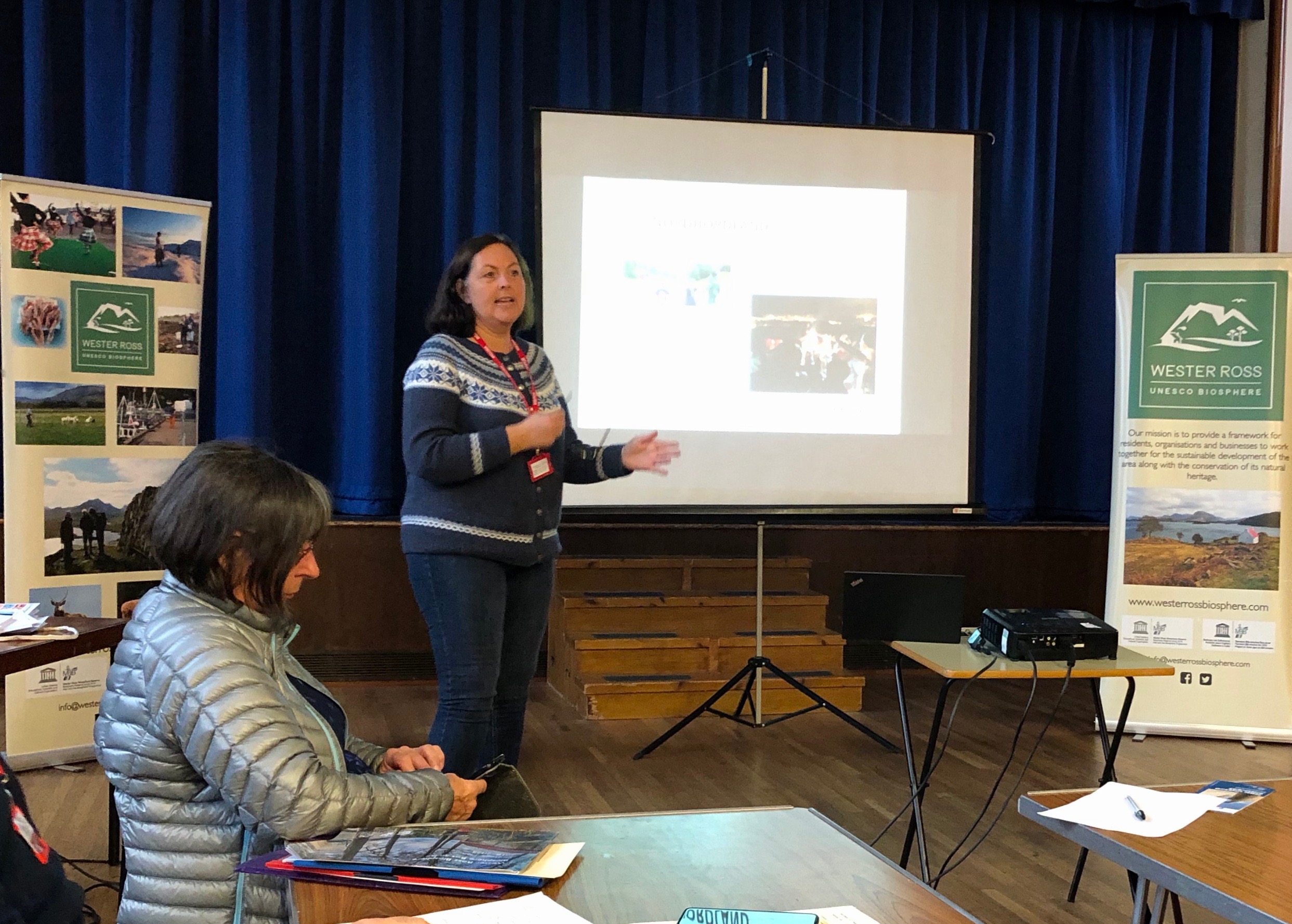
Kari Natland, Nordhordland Biosphere 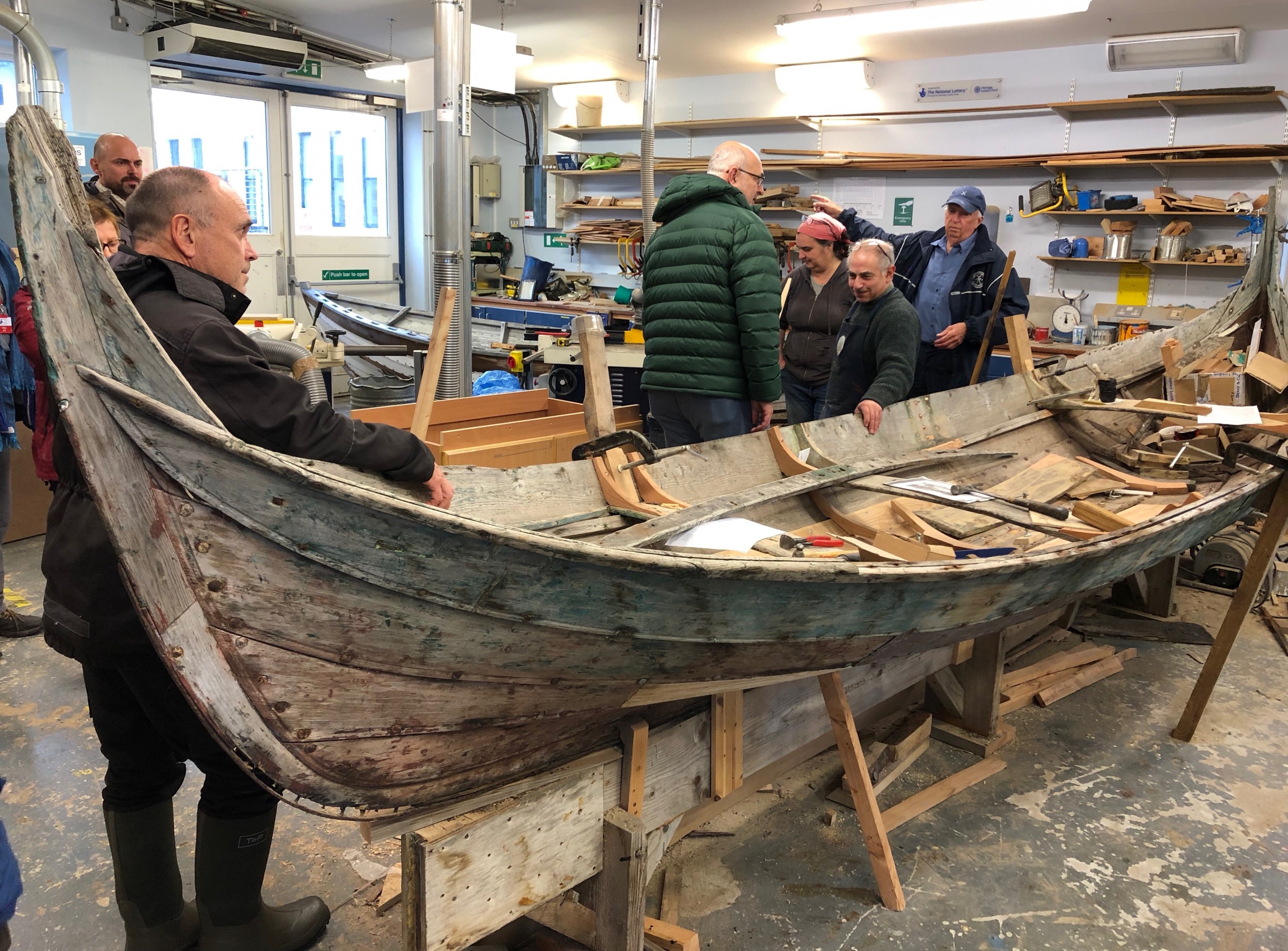
Traditional boatbuilding at Plockton school 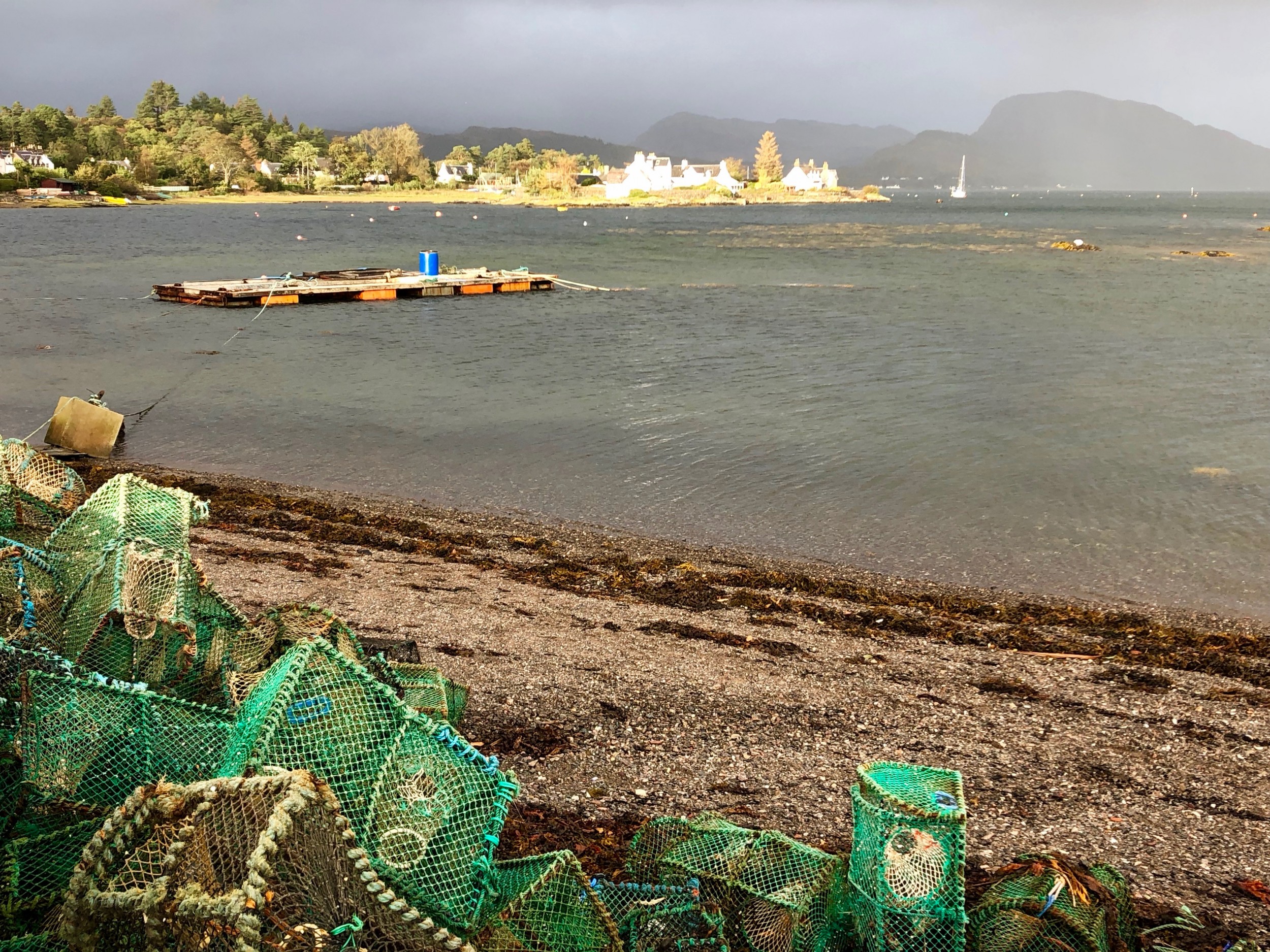
Plockton, Wester Ross Biosphere 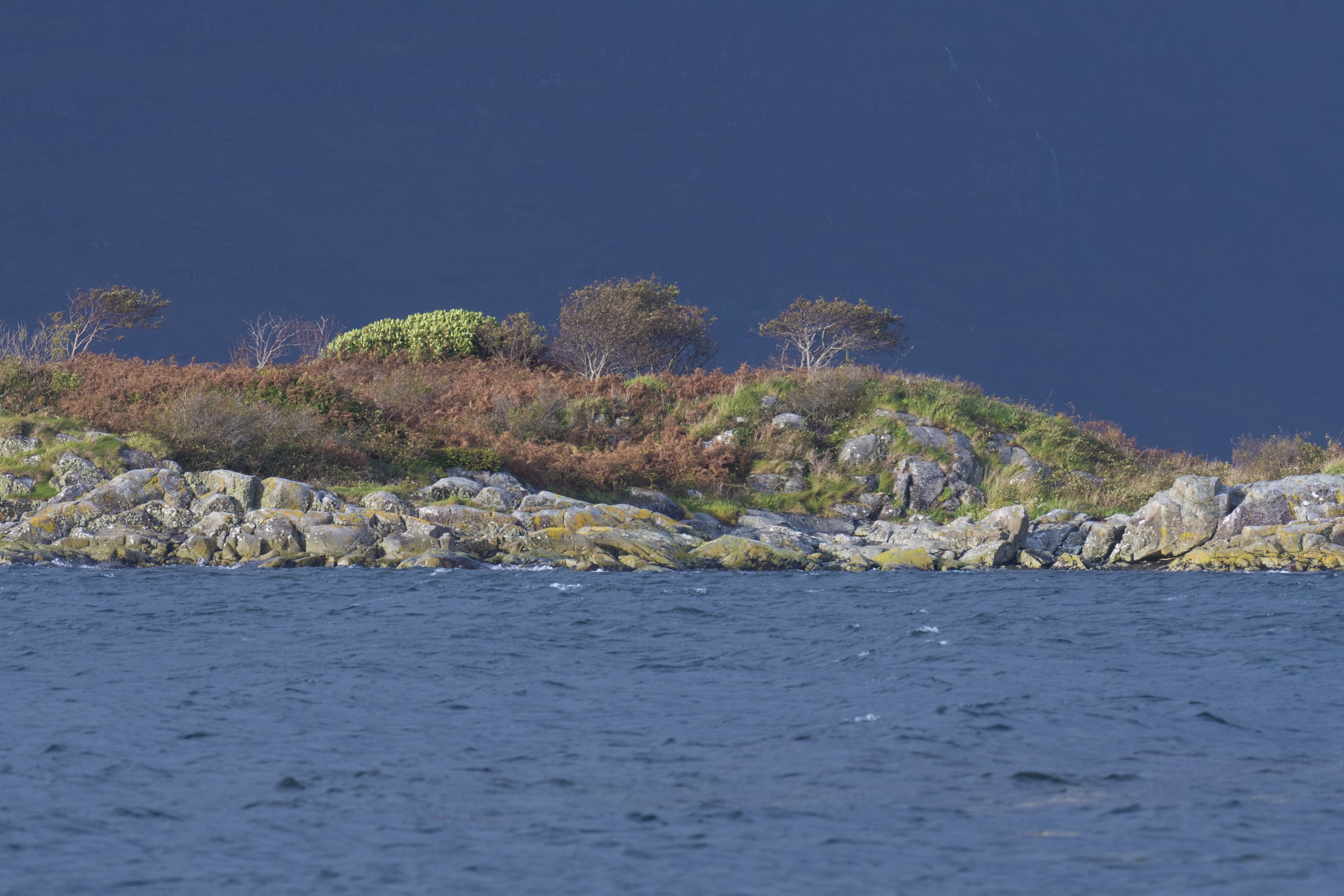
Wester Ross Biosphere
UNESCO defines biosphere reserves as areas comprising terrestrial, marine and coastal ecosystems. Each reserve promotes solutions reconciling the conservation of biodiversity with its sustainable use. – How to preserve the unique values of the Lofoten islands and its surrounding marine environment is publicly debated since a long time, and this year received a response from the Norwegian government in the establishment of the Lofotodden national park. However, this new national park covers only mountains in the South of the area and only a tiny stripe of the coast. For example, it does not correspond to the often expressed wish of the local people to preserve their marine surroundings with their sustainable fishery practices. And it does not tackle the issue for the entire Lofoten of more sustainable tourism measures. A Biosphere reserve could be designed and developed following the future wanted by the local people and decision-makers. It could also secure the protection of the adjacent sea from any future oil- and gas development, an issue the national “Folkeaksjonen oljefritt Lofoten, Vesterålen og Senja” only reached an interim success on.
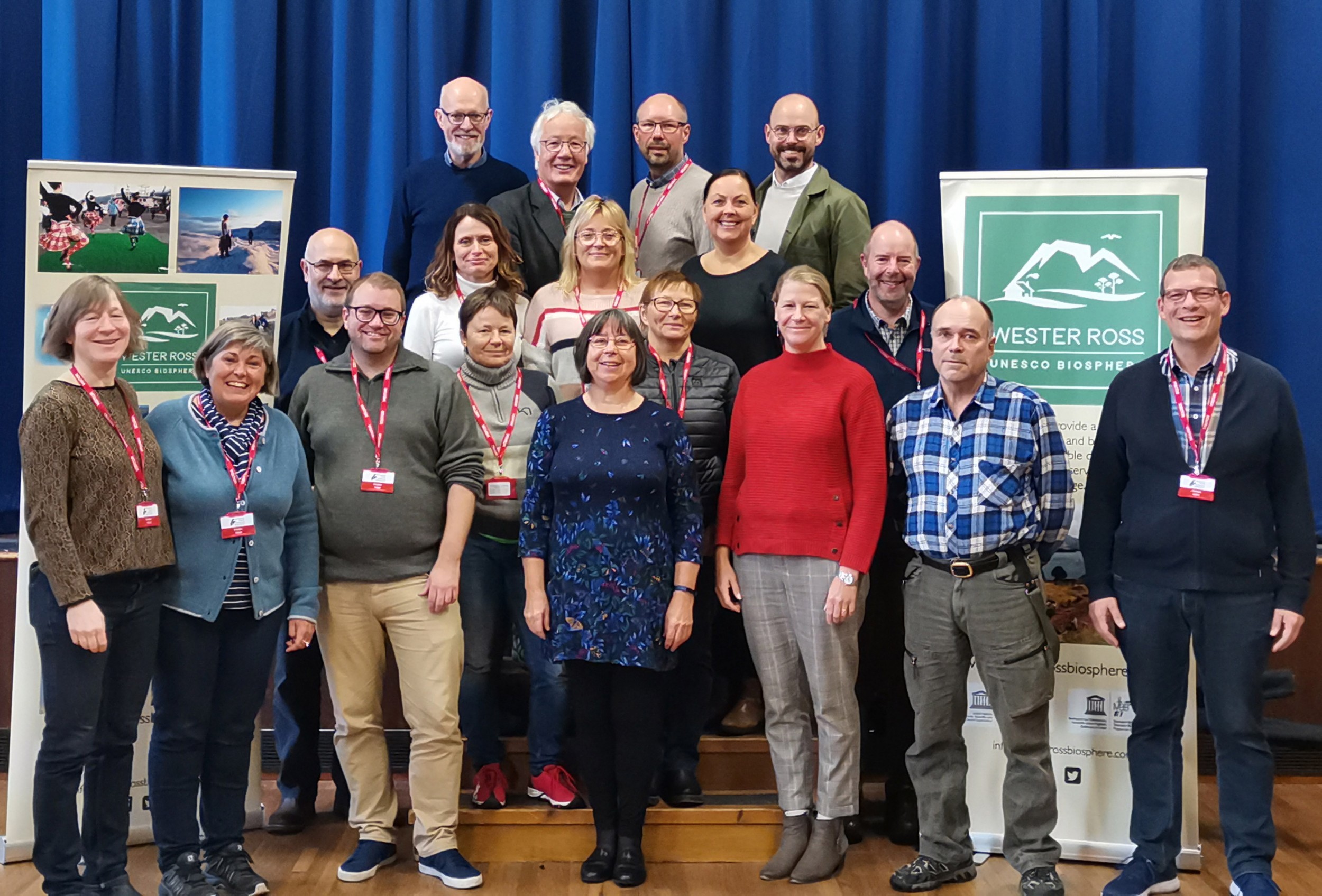
Biosphere reserves have three interrelated zones that aim to fulfil three complementary and mutually reinforcing functions:
- The core area(s) comprises a strictly protected ecosystem that contributes to the conservation of landscapes, ecosystems, species and genetic variation.
- The buffer zone surrounds or adjoins the core areas, and is used for activities compatible with sound ecological practices that can reinforce scientific research, monitoring, training and education.
- The transition area is the part of the reserve where the greatest activity is allowed, fostering economic and human development that is socio-culturally and ecologically sustainable.
A Biosphere reserve can take into account the particular regional interests. It would be the ideal concept for the wider Lofoten and should include the entire Vestfjord and offshore seas important for sustainable fisheries. The World Network of Biosphere Reserves (WNBR) of the MAB Programme consists of a dynamic and interactive network of sites. It works to foster the harmonious integration of people and nature for sustainable development through participatory dialogue and knowledge sharing. Biosphere Reserves are the ideal arenas to implement, measure and monitor activities and policies in practice related to the 17 Sustainable Development Goals (SDGs) with its 169 concrete and measurable targets.
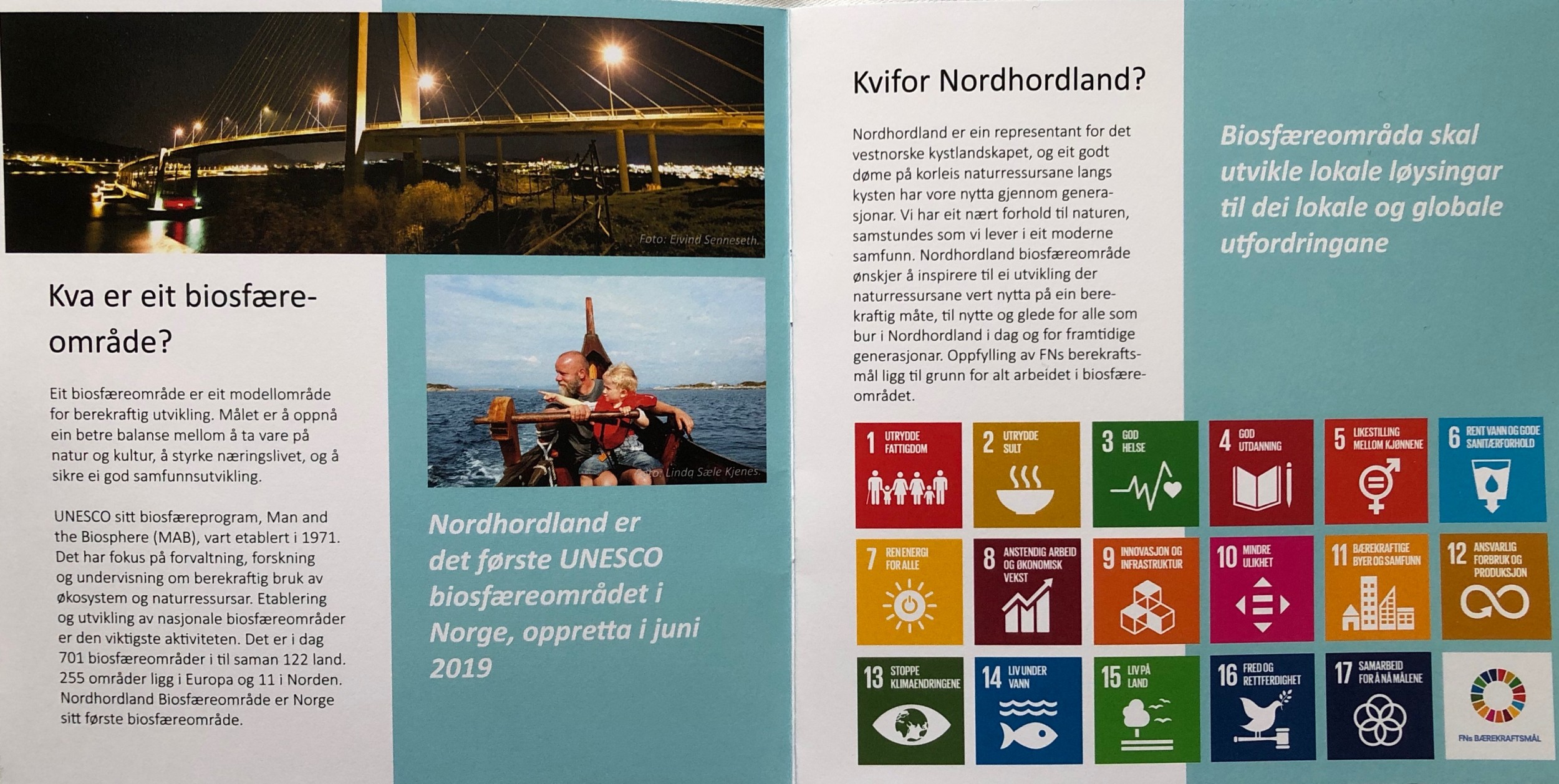
At the NordMAB meeting, several representatives of Biosphere Reserves reported about their activities and ideas to implement various SDGs. They are convinced that their Biospheres are learning laboratories for sustainable development by linking cultural diversity to biological diversity. They also have multiple programmes to exchange experiences and to learn from each other. Working for a Lofoten Biosphere was highly welcomed by the participants, and, among other, Kari Natland from the newly established Nordhordland Biosphere offered her experience and involvement to bring the initiative further.
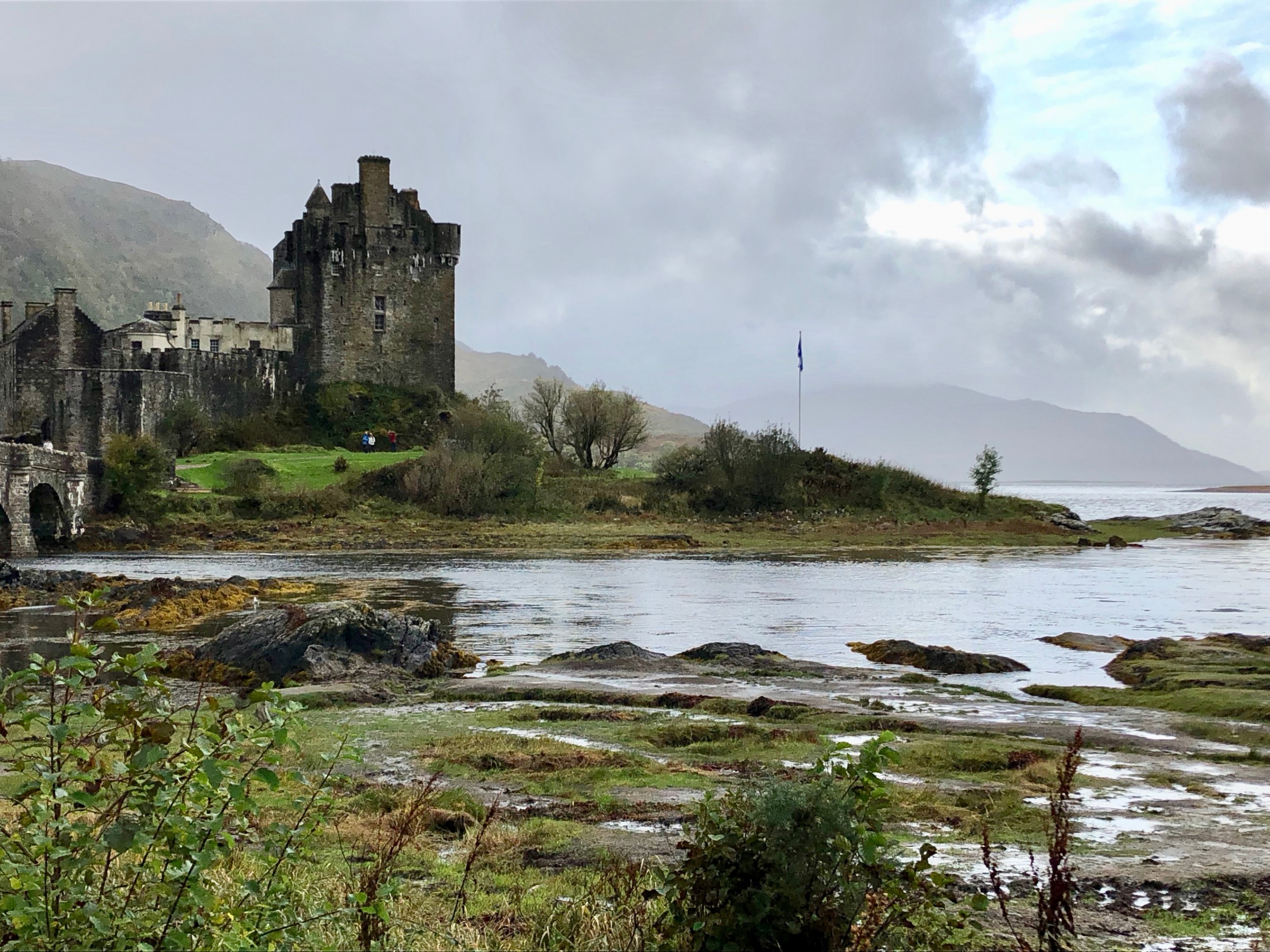
Eilean Donan Castle 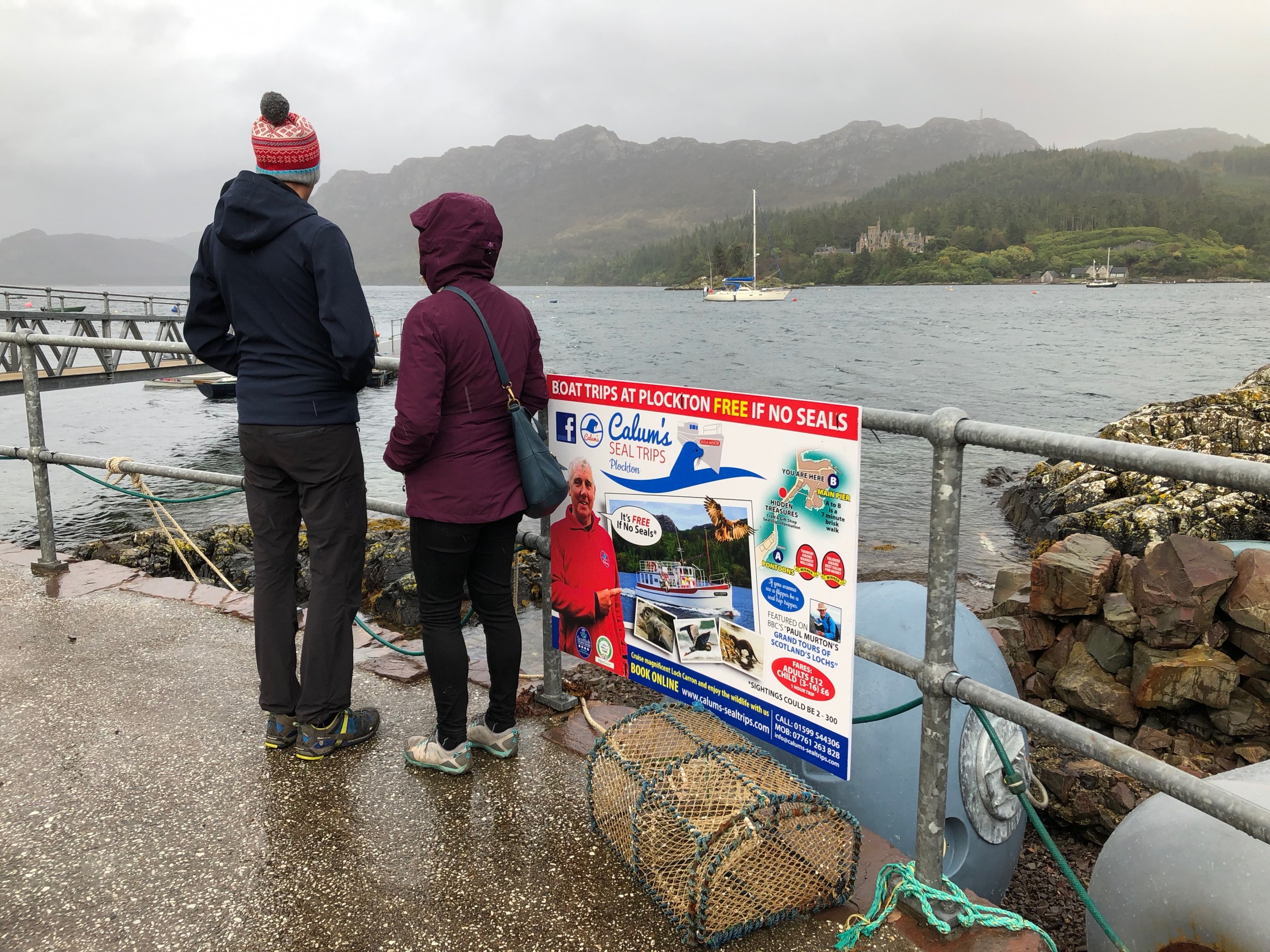
Seal safari 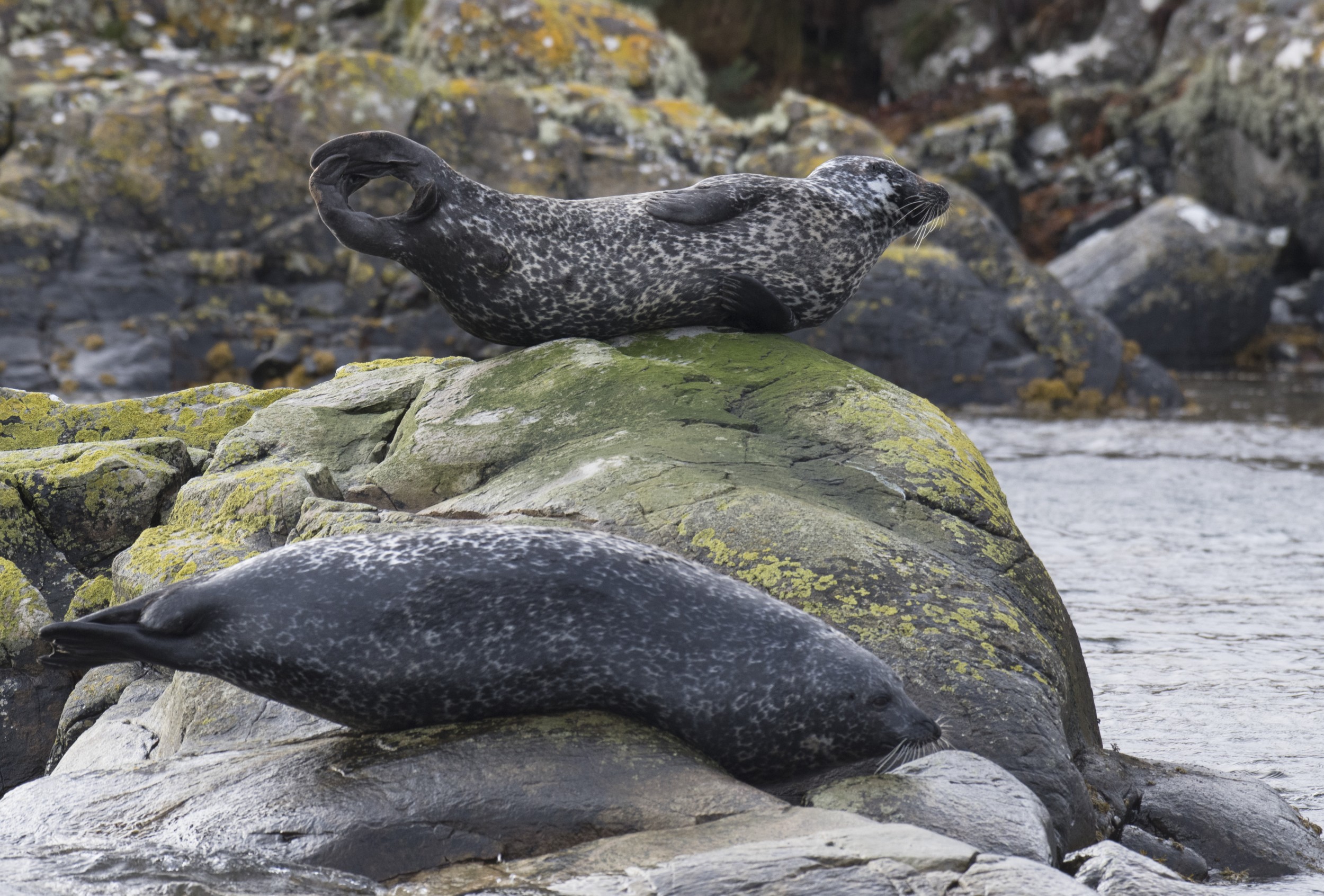
Harbour seals 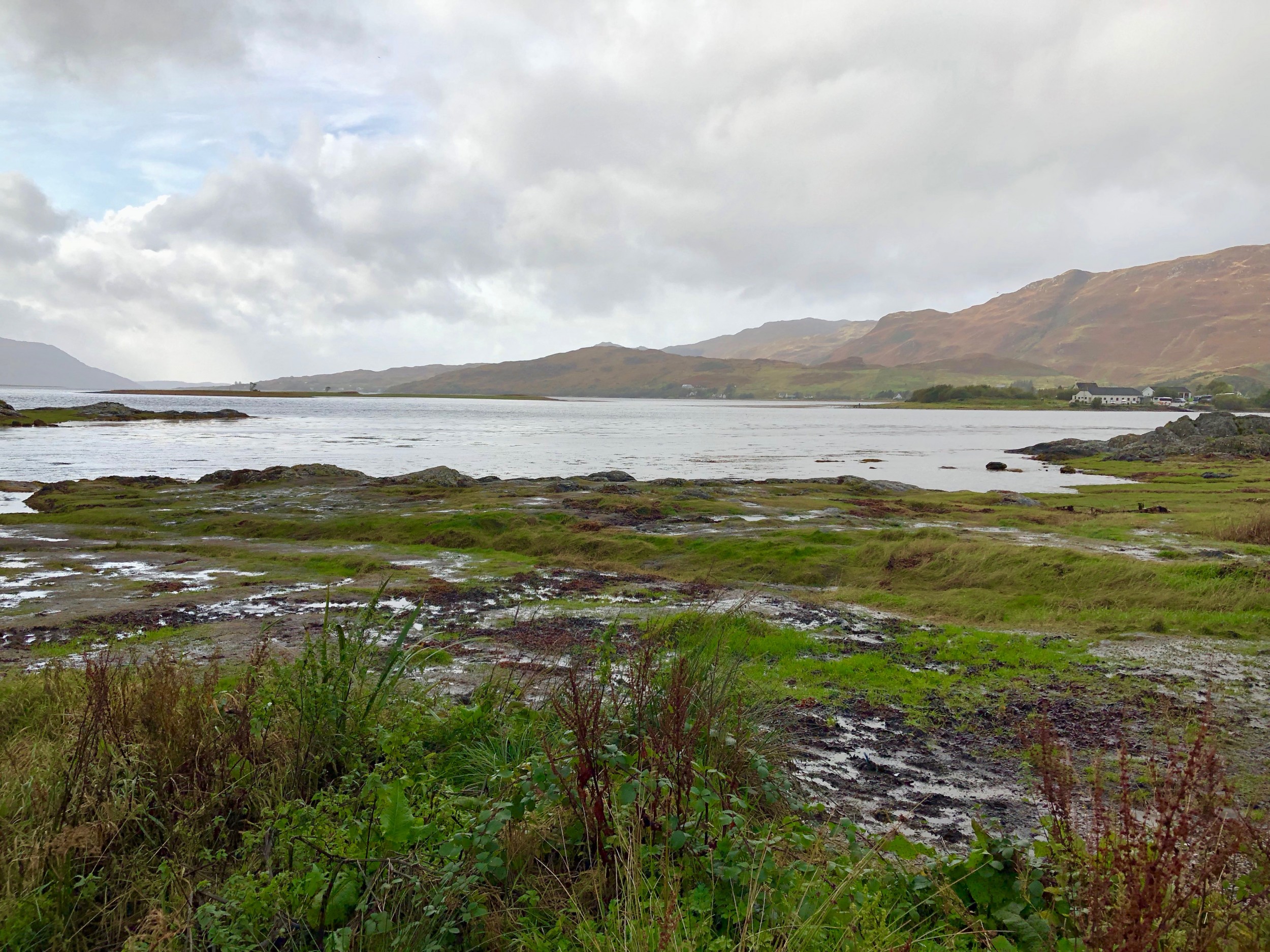
Loch Duich, Wester Ross Biosphere
Maybe at the next NordMAB meeting, which is planned for 2020 to take place in Estonia, the Lofoten representatives can already report progress with their initiative. Another conference, which relates equally to Biospheres and the mission of LT&C, is planned for February 4-5 in the North Karelia Biosphere Reserve in Joensuu, Finland: SHAPE – Shaping ecotourism in partnership: Practical perspectives.
If you want to get an up-to-date and comprehensive insight on Biosphere Reserves, read the new book UNESCO Biosphere Reserves – Supporting Biological Diversity, Sustainability and Society. Martin F. Price, who participated at the NordMAB meeting as a senior expert, is the co-author of the book. (As LT&C member you may ask for a code to get a 20% discount for the book)
Want to engage or raise funds for developing a Biosphere Reserve for the Lofoten area?
Contact us
"*" indicates required fields



